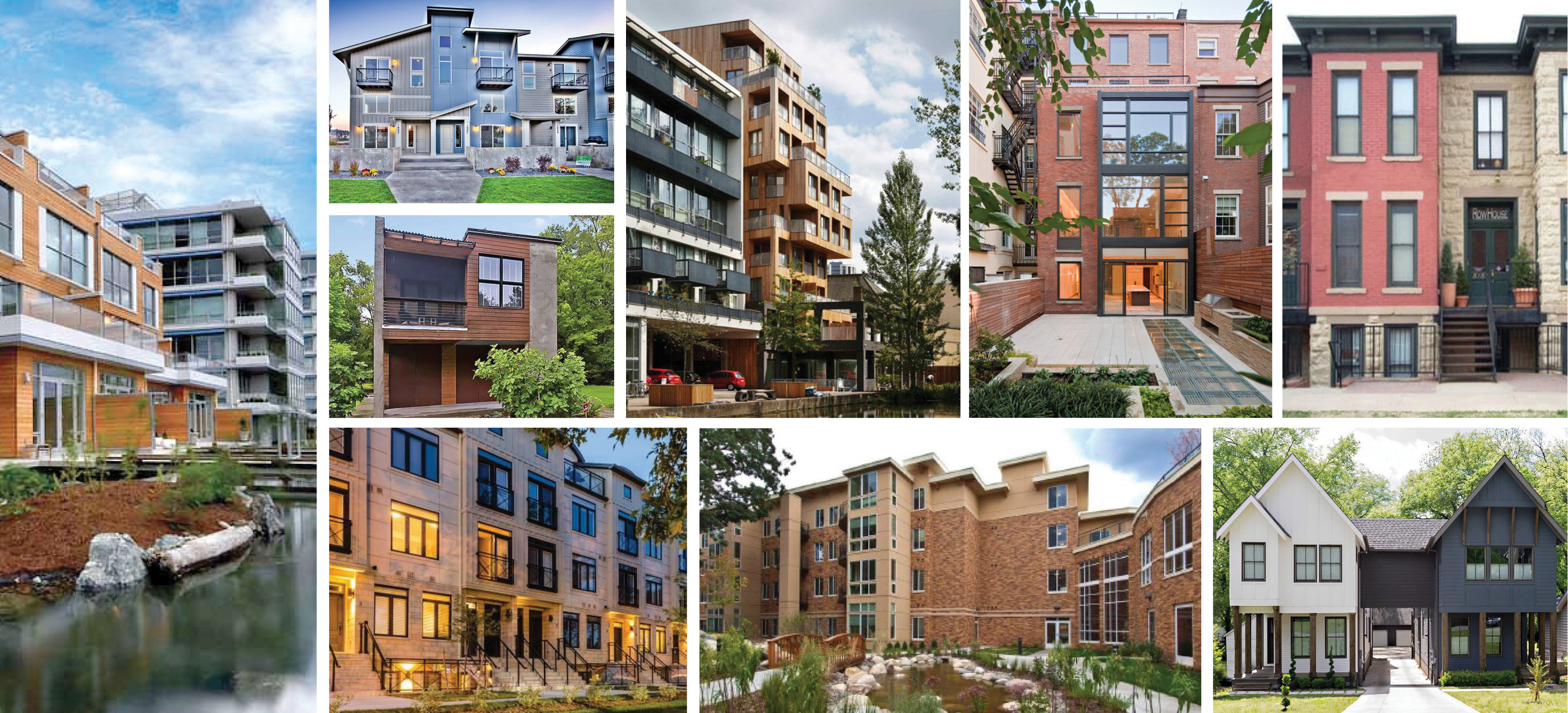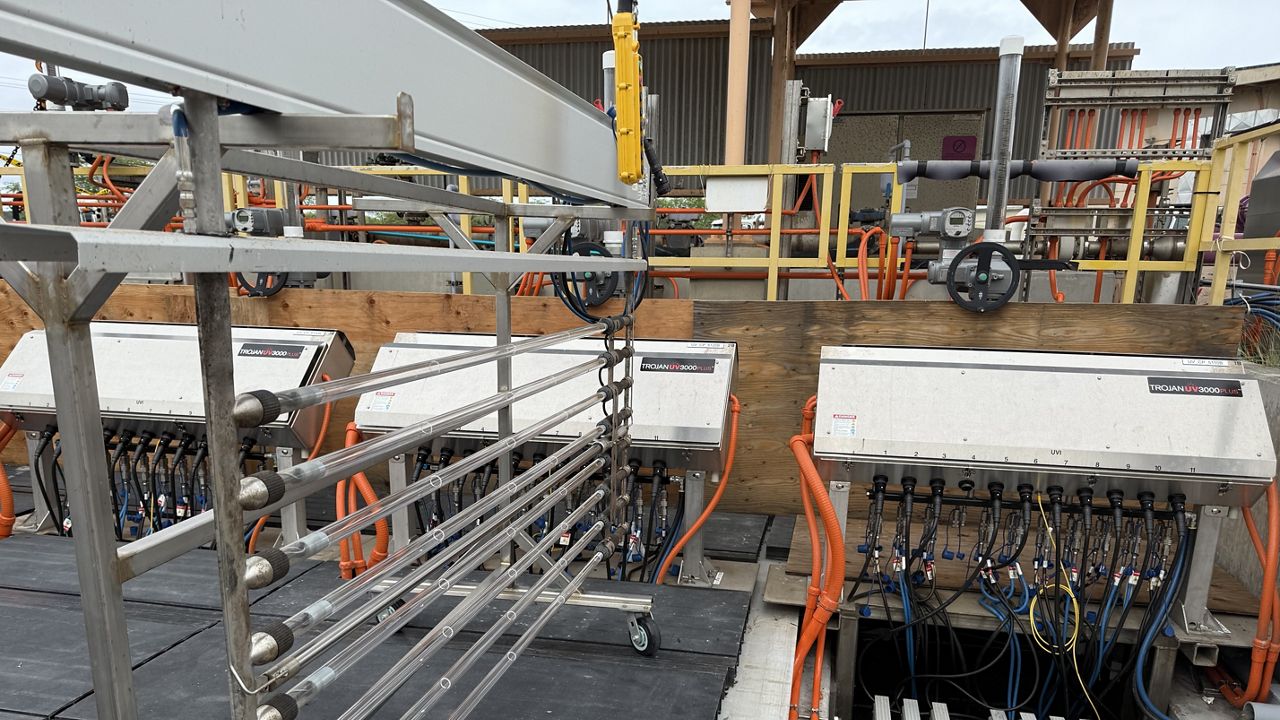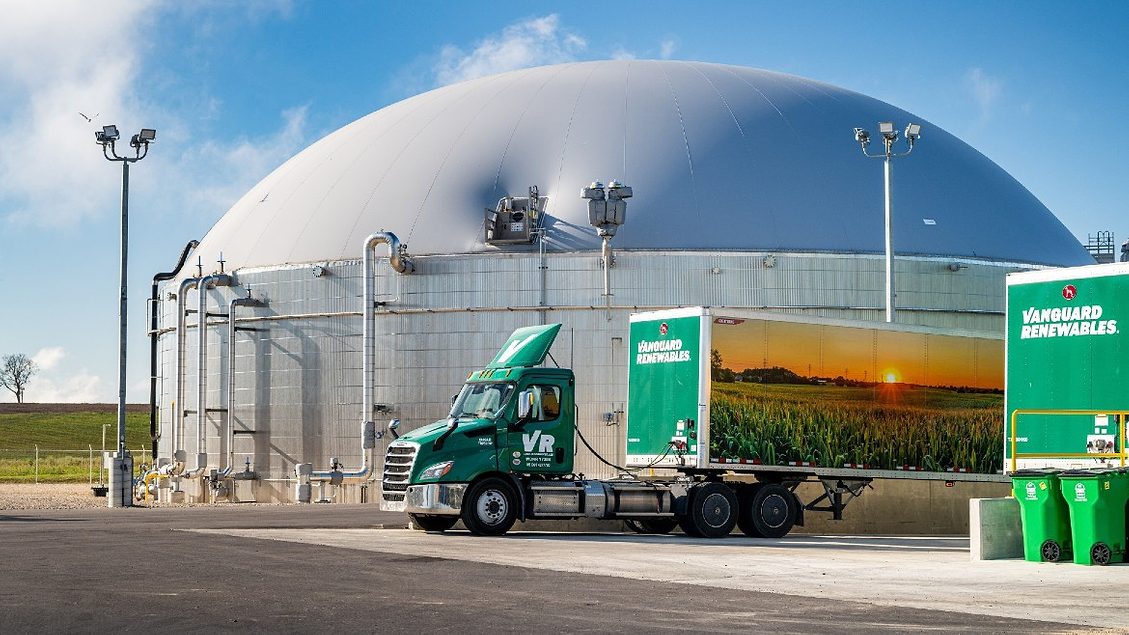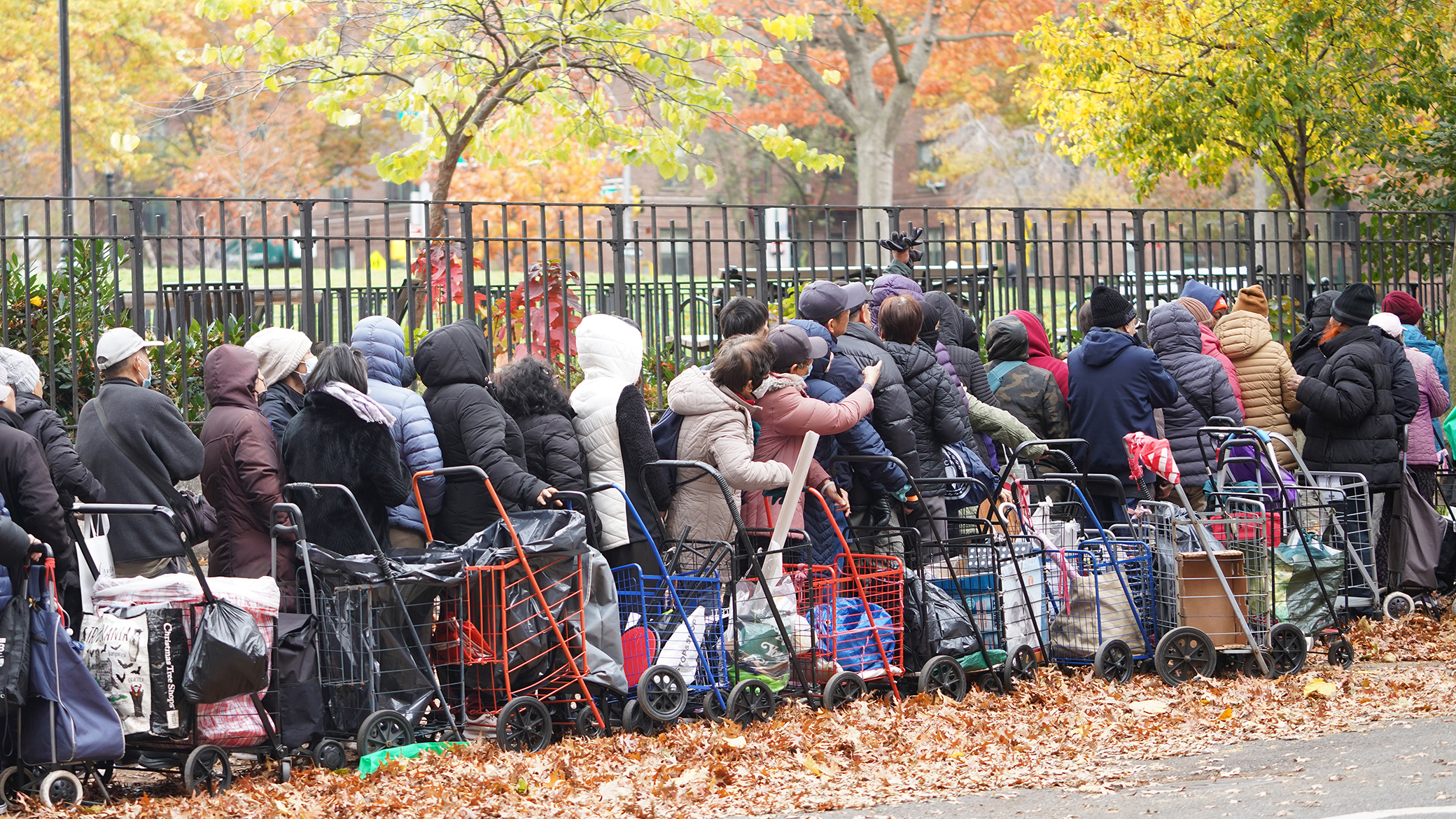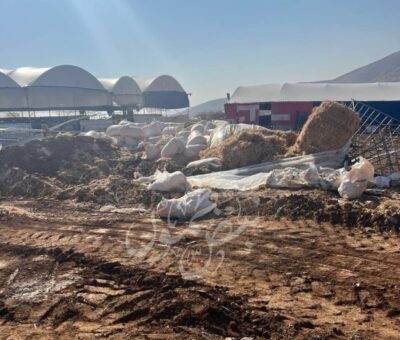Make cities inclusive, safe, resilient and sustainable
The UN explains: The challenges cities face can be overcome in ways that allow them to continue to thrive and grow, while improving resource use and reducing pollution and poverty. The future we want includes cities of opportunities for all, with access to basic services, energy, housing, transportation and more.
The UN has defined 10 Targets and 15 Indicators for SDG 11. Targets specify the goals and Indicators represent the metrics by which the world aims to track whether these Targets are achieved. Below we quote the original text of all Targets and show the data on the agreed Indicators.
How is the world doing on this goal?
Target 11.1: Safe and affordable housing
UN definition: By 2030, ensure access for all to adequate, safe and affordable housing and basic services and upgrade slums.
Urban population living in slums
Definition: Indicator 11.1.1 is the proportion of urban population living in slums, informal settlements or inadequate housing.
This measures the proportion of the urban population living in slum households. A slum household is defined as a group of individuals living under the same roof lacking one or more of the following conditions: access to improved water, access to improved sanitation, sufficient living area, and durability of housing.
Goal: By 2030, ensure access for all to adequate, safe and affordable housing and basic services and upgrade slums.
Target 11.2: Affordable and sustainable transport systems
UN definition: By 2030, provide access to safe, affordable, accessible and sustainable transport systems for all, improving road safety, notably by expanding public transport, with special attention to the needs of those in vulnerable situations, women, children, persons with disabilities and older persons.
Public transport access
Definition: Indicator 11.2.1 is the proportion of population that has convenient access to public transport, by sex, age and persons with disabilities.
Goal: Provide access to safe, affordable, accessible and sustainable transport systems for all by 2030.
Target 11.3: Inclusive and sustainable urbanization
UN definition: By 2030, enhance inclusive and sustainable urbanization and capacity for participatory, integrated and sustainable human settlement planning and management in all countries.
Sustainable urbanization rates
Definition: Indicator 11.3.1 is the ratio of land consumption rate to population growth rate.
Goal: Enhance inclusive and sustainable urbanization and capacity for participatory, integrated and sustainable human settlement by 2030.
Urban planning management
Definition: Indicator 11.3.2 is the proportion of cities with a direct participation structure of civil society in urban planning and management that operate regularly and democratically.
Goal: Enhance inclusive and sustainable urbanization and capacity for participatory, integrated and sustainable human settlement planning and management in all countries by 2030.
Target 11.4: Protect the world's cultural and natural heritage
UN definition: Strengthen efforts to protect and safeguard the world’s cultural and natural heritage.
Protecting cultural heritage
Definition: Indicator 11.4.1 is the total expenditure (public and private) per capita spent on the preservation, protection and conservation of all cultural and natural heritage.
Goal: Strengthen efforts to protect and safeguard the world’s cultural and natural heritage by 2030.
Target 11.5: Reduce the adverse effects of natural disasters
UN definition: By 2030, significantly reduce the number of deaths and the number of people affected and substantially decrease the direct economic losses relative to global gross domestic product caused by disasters, including water-related disasters, with a focus on protecting the poor and people in vulnerable situations.
Deaths and injuries from natural disasters
Definition: Indicator 11.5.1 is the number of deaths, missing persons and directly affected persons attributed to disasters per 100,000 population.
Indicators measured here report mortality rates, internally displaced persons, total numbers affected by natural disasters.
Goal: By 2030, significantly reduce the number of deaths and the number of people directly affected by natural disasters.
More research: Further data and research on this topic can be found at the Our World in Data on Natural Disasters.
Additional charts:
Total deaths from natural disasters
Number injured from natural disasters
Number left homeless from natural disasters
Number affected by natural disasters
Economic losses from natural disasters
Definition: Indicator 11.5.2 is the direct economic loss in relation to global GDP, damage to critical infrastructure and number of disruptions to basic services, attributed to disasters.
Direct economic losses from disasters are given at global and national levels in relative terms as a percentage of gross domestic product (GDP). Absolute losses in US$ are available in 'additional charts' below.
Direct economic losses measures the monetary value of total or partial destruction of physical assets existing in the affected area from natural disasters.
Goal: By 2030, substantially decrease the direct economic losses relative to global gross domestic product caused by disasters, including water-related disasters, with a focus on protecting the poor and people in vulnerable situations.
More research: Further data and research on this topic can be found at the Our World in Data on Natural Disasters.
Additional charts:
Absolute economic losses from disasters by country
Global weather-related disaster losses as a share of GDP
Target 11.6: Reduce the environmental impacts of cities
UN definition: By 2030, reduce the adverse per capita environmental impact of cities, including by paying special attention to air quality and municipal and other waste management.
Solid waste management
Definition: Indicator 11.6.1 is the proportion of urban solid waste regularly collected and with adequate final discharge out of total urban solid waste generated, by cities.
This indicator measures the share of urban solid waste regularly collected and with adequate final discharge out of total urban solid waste generated. Data is only available at the regional (not national) level.
Goal: By 2030, reduce the adverse per capita environmental impact of cities, including by paying special attention to municipal and other waste management.
Urban air pollution
Definition: Indicator 11.6.1 is the annual mean levels of fine particulate matter (e.g. PM2.5 and PM10) in cities (population weighted).
This indicator measures the population-weighted exposure to ambient PM2.5 pollution; that is, concentrations of suspended particles measuring less than 2.5 microns in diameter.
Goal: By 2030, reduce the adverse per capita environmental impact of cities, including by paying special attention to air pollution.
More research: Further data and research on this topic can be found at the Our World in Data on Air Pollution.
Additional charts:
Total deaths attributed to outdoor air pollution
Death rates from air pollution
Target 11.7: Provide access to safe and inclusive green and public spaces
UN definition: By 2030, provide universal access to safe, inclusive and accessible, green and public spaces, in particular for women and children, older persons and persons with disabilities.
Open spaces in cities
Definition: Indicator 11.7.1 is the average share of the built-up area of cities that is open space for public use for all, by sex, age and persons with disabilities.
Goal: Provide universal access to safe, inclusive and accessible, green and public spaces by 2030.
Safe spaces in cities
Definition: Indicator 11.7.2 is the proportion of persons victim of physical or sexual harassment, by sex, age, disability status and place of occurrence, in the previous 12 months.
Goal: Provide universal access to safe, inclusive and accessible, green and public spaces in particular for women and children, older persons and persons with disabilities by 2030.
Target 11.A: Strong national and regional development planning
UN definition: Support positive economic, social and environmental links between urban, peri-urban and rural areas by strengthening national and regional development planning.
Urban and regional planning
Definition: Indicator 11.A.1 is the proportion of population living in cities that implement urban and regional development plans integrating population projections and resource needs, by size of city.
Goal: Support positive economic, social and environmental links between urban, peri-urban and rural areas by strengthening national and regional development planning by 2030.
Target 11.B: Implement policies for inclusion, resource efficiency and disaster risk reduction
UN definition: By 2020, substantially increase the number of cities and human settlements adopting and implementing integrated policies and plans towards inclusion, resource efficiency, mitigation and adaptation to climate change, resilience to disasters, and develop and implement, in line with the Sendai Framework for Disaster Risk Reduction 2015–2030, holistic disaster risk management at all levels.
Integrated disaster risk management
Definition: Indicator 11.B.1 is the number of countries that adopt and implement national disaster risk reduction strategies in line with the Sendai Framework for Disaster Risk Reduction 2015–2030.
This indicator identifies countries who have and have not adopted and implemented disaster risk management strategies in line with the Sendai Framework for Disaster Risk Reduction.
Goal: Substantially increase the number of cities and human settlements adopting and implementing holistic disaster risk management at all levels.
Unlike most SDGs which have a target year of 2030, this indicator is set to be achieved by 2020.
More research: Further data and research on this topic can be found at the Our World in Data on Natural Disasters.
Additional charts:
Total deaths from natural disasters
Number injured from natural disasters
Number left homeless from natural disasters
Number affected by natural disasters
Local disaster risk management
Definition: Indicator 11.B.2 is the proportion of local governments that adopt and implement local disaster risk reduction strategies in line with national disaster risk reduction strategies.
Goal: Substantially increase the number of cities and human settlements adopting and implementing holistic disaster risk management at all levels.
Unlike most SDGs which have a target year of 2030, this indicator is set to be achieved by 2020.
More research: Further data and research on this topic can be found at the Our World in Data on Natural Disasters.
Additional charts:
Total deaths from natural disasters
Number injured from natural disasters
Number left homeless from natural disasters
Number affected by natural disasters
Target 11.C: Support least developed countries in sustainable and resilient building
UN definition: Support least developed countries, including through financial and technical assistance, in building sustainable and resilient buildings utilizing local materials.
Sustainable and resilient buildings in least developed countries
Definition: Indicator 11.C.1 is the proportion of financial support to the least developed countries that is allocated to the construction and retrofitting of sustainable, resilient and resource-efficient buildings utilizing local materials.
Goal: Support least developed countries, including through financial and technical assistance, in building sustainable and resilient buildings utilizing local materials by 2030.


